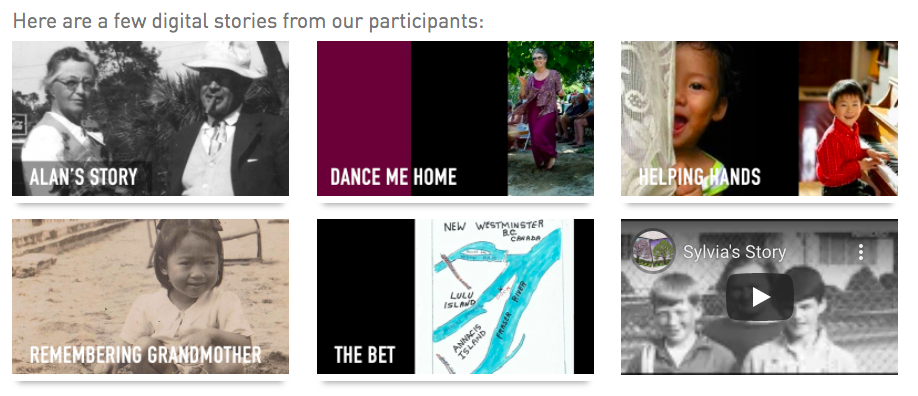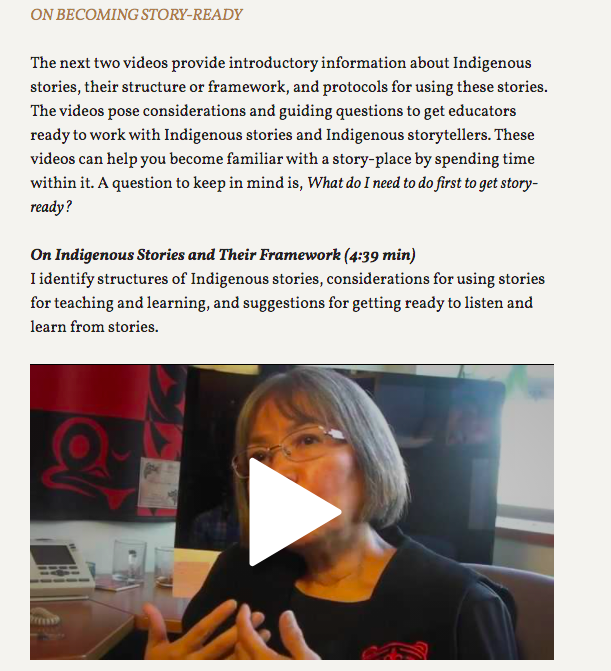McKeough, A., Bird, S., Tourigny, E., Romaine, A., Graham, S., Ottmann, J., & Jeary, J. (2008). Storytelling as a foundation to literacy development for Aboriginal children: Culturally and developmentally appropriate practices. Canadian Psychology/Psychologie canadienne, 49(2), 148–154. https://doi.org/10.1037/0708-5591.49.2.148
This article discusses the importance of oral narrative in Aboriginal children’s literacy instruction. It is argued that oral narrative or storytelling fits with Aboriginal epistemology. Storytelling is a traditional Aboriginal teaching tool and so it is familiar and culturally relevant to the children. McKeough et al. (2008) suggest that language leads to fundamental differences in our worldly perspectives, knowledge conceptualization, and our relationships and interactions with one another. The authors start off by describing Aboriginal ways of knowing, highlight research conducted in non-Aboriginal contexts, and link this to an ongoing study that is aimed at supporting early literacy development through a developmentally appropriate oral storytelling instructional program. I was surprised to find that many Indigenous languages are verb rather than noun-based compared to English. Such a big difference in language structure has the potential to create challenges for some First Nations children who don’t have a firm foundation in either their native language or English. It is suggested that coupling oral storytelling with the written form supports literacy development because when we recognize language patterns that correspond to the children’s experience with Indigenous oral narratives, we can start to remove gaps between community and classroom (McKeough et al., 2008). By focusing on oral storytelling instruction, there is a lesser cognitive demand placed on young literacy learners compared to written text (McKeough et al., 2008). So, working with oral stories is a precursor to working with written text. I think that I can certainly pull some ideas from this resource in writing my final paper.


